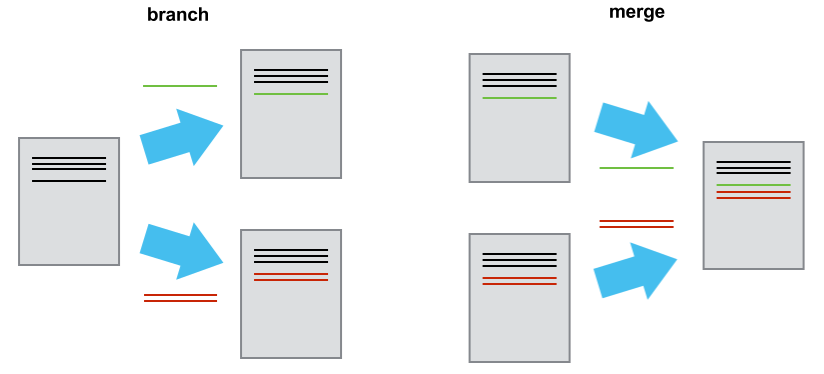What is Version Control?
Do you have files like final.txt, final_revised.txt, final_revised2.txt, final_revised2_revised.txt?

This is a “local version control system” which depends on your memory and organization to avoid errors and utter confusion. Automated version control WILL make your life better!
Why Git?
Git is a free, distributed version control system.
Rather than storing a series of copies of a file with different filenames, Git captures a snapshot of your project each time you commit.
The complete history of your project is safely stored in a hidden .git repository.
Everything is recorded with checksums to ensure no information can be lost or corrupted without detection.
Each commit records the creator, email, and changes made, providing transparency and credit for your project.

Git is distributed meaning every copy of a repository contains the complete history. This is great for collaboration, fast performance, and offline usage. Git can efficiently branch and automatically merge different sets of changes together, enabling people to work in parallel and sync their files.

With Git you can make changes and experiment without fear! When committing to a repository Git only adds data, it never deletes information. This makes almost everything undoable!
Combine it with cloud repository hosting, such as with GitHub, and you have a really useful tool.
Example Use
Software Carpentry, “Version Control with Git” lesson:
- An example lesson and template are collaboratively maintained in GitHub repositories.
- Lesson content is created and edited in another repository.
- Using the template style, the lesson repository generates a web site hosted on Github.